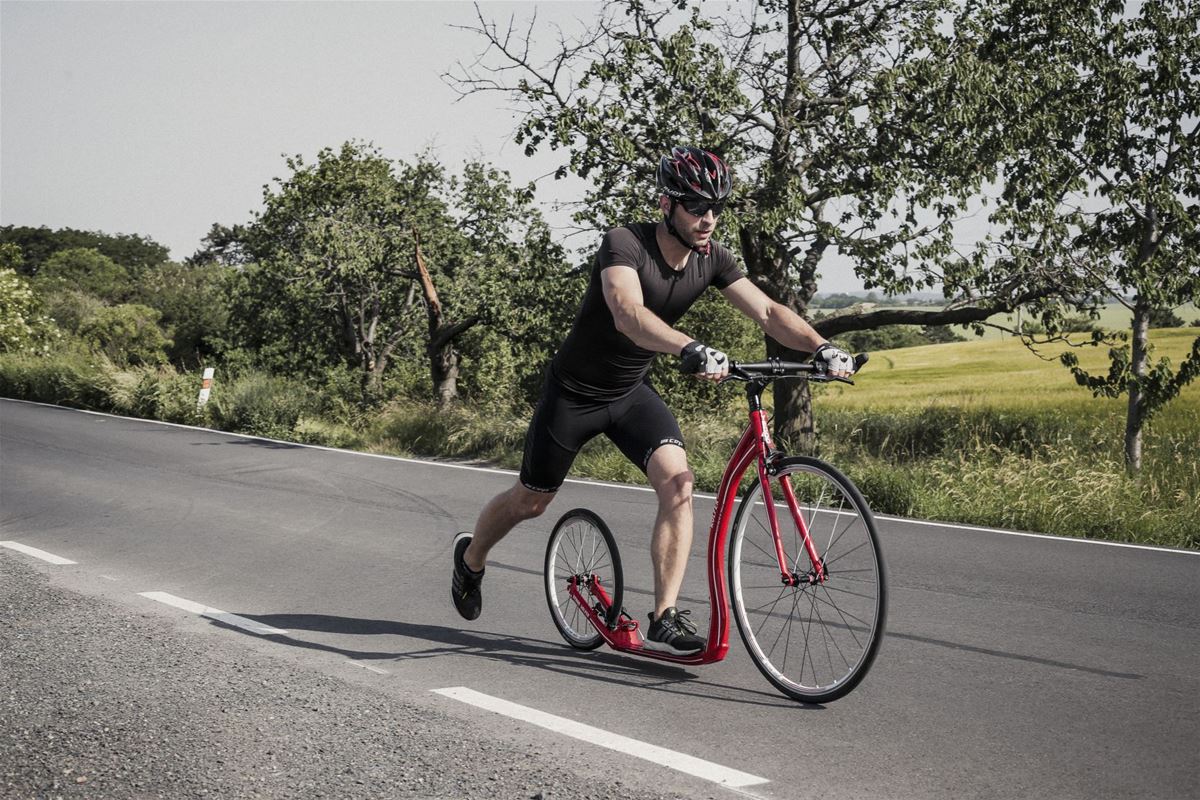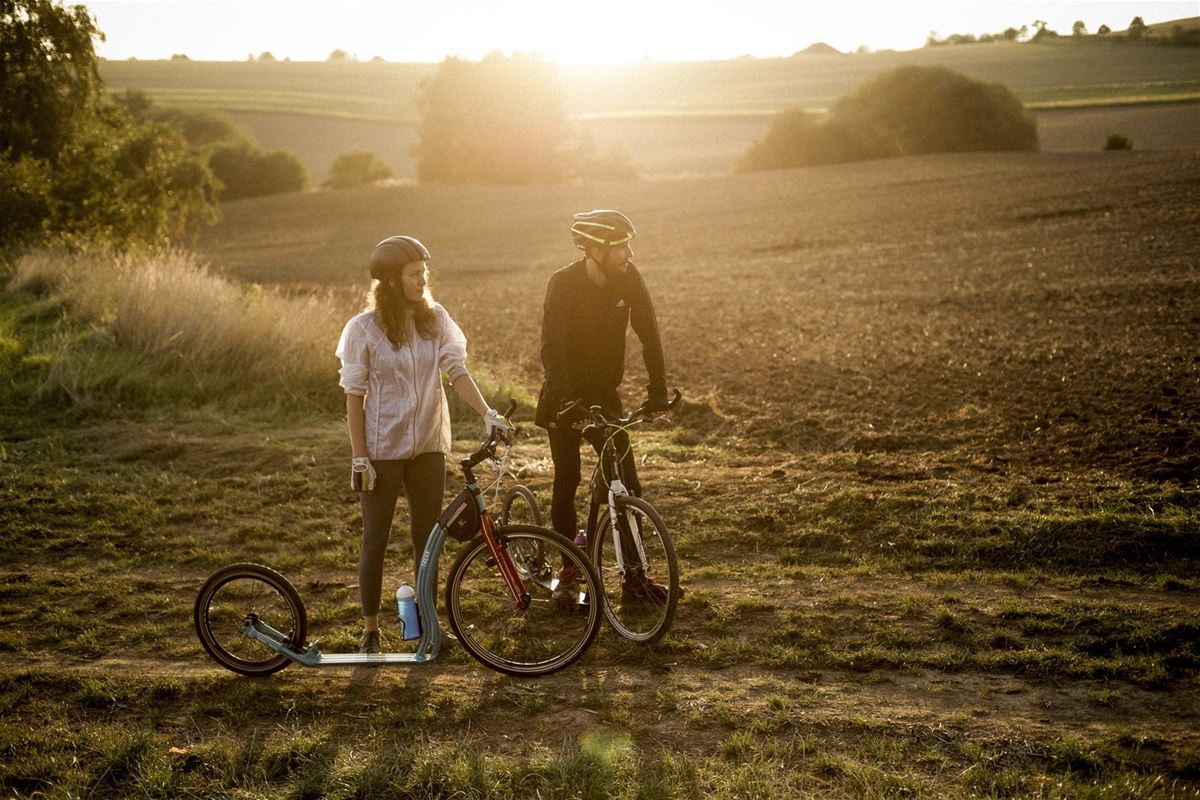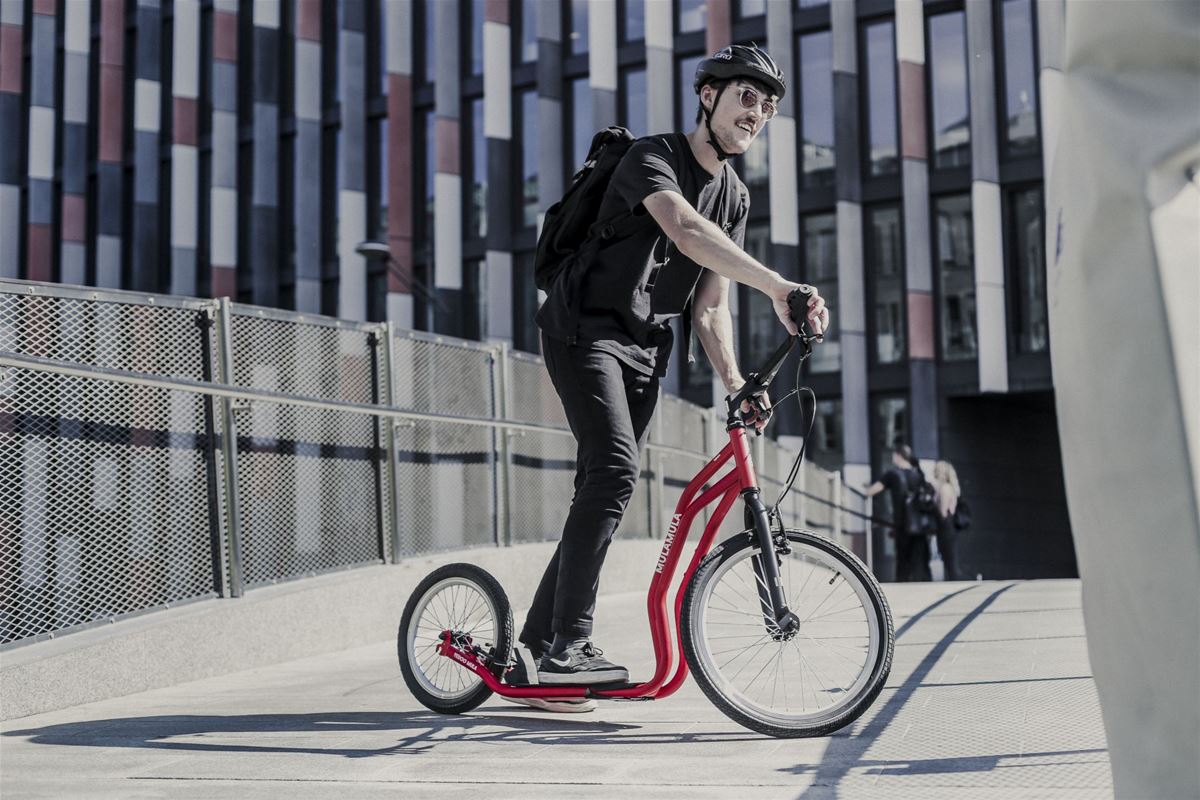Biking, running or scootering?
| Vendula KosíkováWould you like to move on, ride beyond the old tracks, improve your fitness, get your body or your entire life in motion and you do not know which activity to choose? With a highly qualified expert – Michal Kulka, who graduated from the Faculty of Physical Education and Sport, is a running and scootering trainer and a personal coach – we took a closer look at the benefits and pitfalls of scootering, running and cycling.
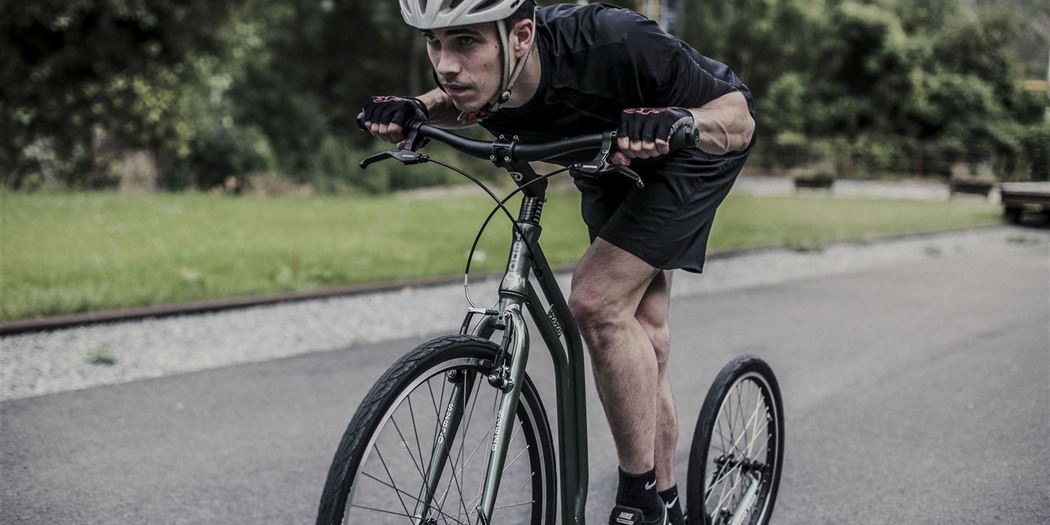
Running is a beautiful discipline, but a difficult one for the beginning
Michal Kulka – profile
The career of Michal Kulka, a coach, motivator and sport events presenter, started 20 years ago at the stadium in Čáslav under the guidance of two running legends, Jarmila Kratochvílová and Jana Červenková.The 800-metre run became Michal's domain, and with 1.51 minutes he soon got among the best in the country. Before graduating from the Faculty of Physical Education and Sport, he already won many medals. He gradually added marathon races to the 800-metre ones (Japan, China, Morocco, Slovenia… with wonderful performances of around 2 hrs 50 mins), and in the year 2009 he also took on scootering. More
Running may appear to be the easiest way to get moving, but according to the experienced 800-metre runner Michal Kulka, this is not exactly the case.
Taking up running, if you are not at least a little physically fit, is like accelerating from zero to one hundred km. Running is a beautiful discipline, but very demanding at the beginning. It will take some time, before you can run 2 kilometres straight.
Overweight may be an impediment. When running, you land on your feet with a force corresponding up to four times your weight and the joints and ligaments are easily overburdened.
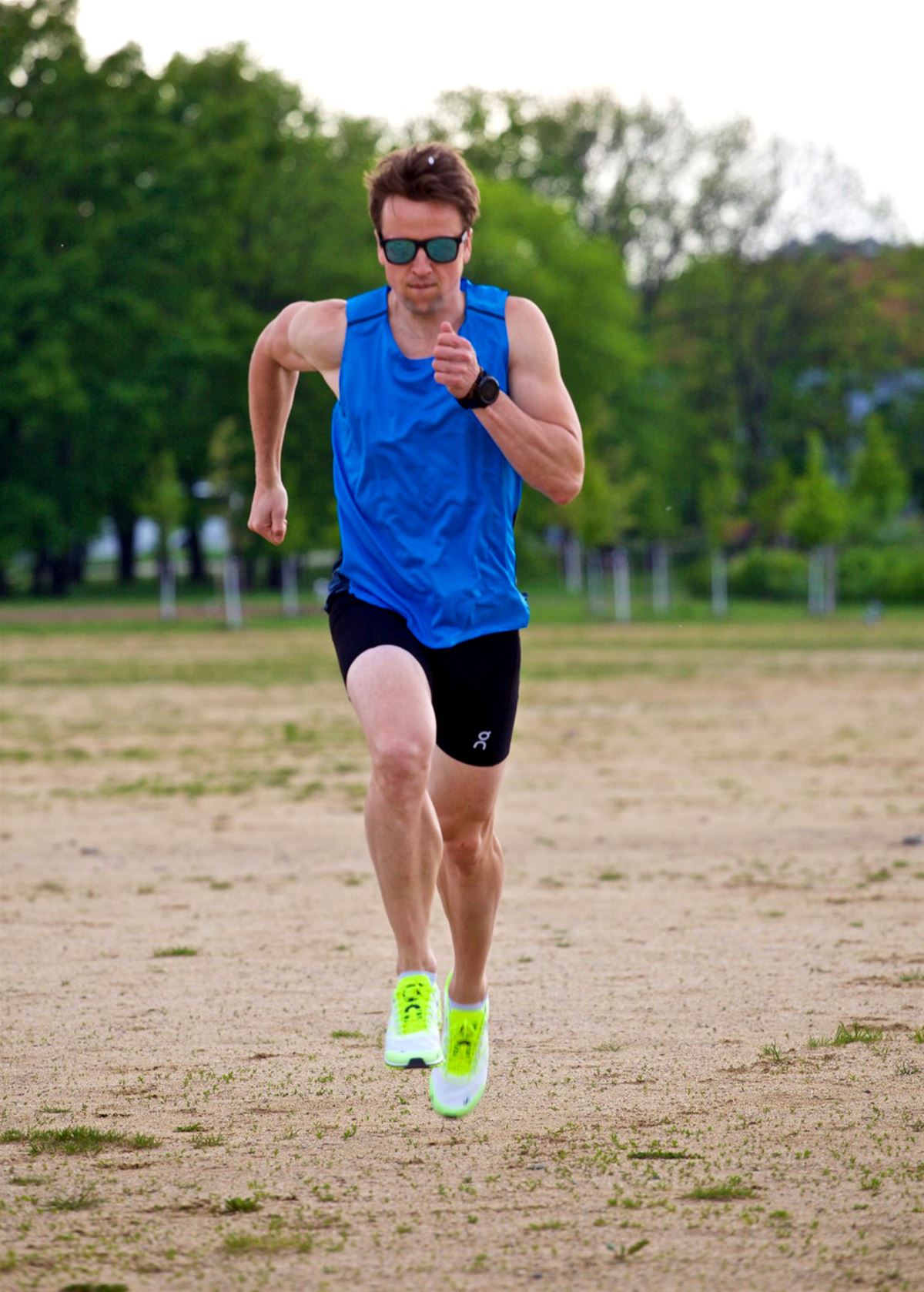
+
- Intensive movement, not demanding on time, with great energy expenditure – suitable for gaining and maintaining fitness, 30 minutes 3times a week are sufficient
- You can run everywhere and except for quality running shoes and clothing you need nothing else
- You can find running groups almost everywhere
- The cheapest sport, for which you only need sport shoes and clothing and nothing else
- Running equipment does not take up much space, so you can bring it everywhere with you: to business trips, conferences, congresses etc.
−
- You need great determination to overcome the initial difficulties such as frequent breathlessness, sweating, side stich etc.
- Without having mastered the technique well, you may easily hurt yourself
- Burdens joints and tendons - mainly the Achilles tendon
- Somewhat demanding on choosing clothing
- Not suitable for overweight people
The lungs and the cardiovascular system are exhausted at first, too, before they get accustomed to the burden.Therefore it is better to begin with walking and to insert gradually lengthening intervals of running.
When running, you also need to consider clothing some more. You can easily sweat through your T-shirt and when you switch to walking, you may get cold. It is difficult to unlearn bad habits such as landing on heels, backward leaning posture and so on.
Besides, synchronizing breath with the movement of hands and feet is tricky. If you really mean it with running, though, the best thing you could do would be to join the nearest group of runners that will help you maintain your motivation, or to have several hours under the guidance of an experienced trainer, who will walk you through the demanding beginnings.
Riding a bike is a classic
Muscular imbalances caused by the sedentary way of life
- Forward head posture
- Rounded shoulders posture/shortened pectoral muscles
- Thoracic kyphosis
- Low back overexertion
- Shortening of hip flexors
- Weakening of abdominal muscles
Cycling is very popular, not only in the Czech Republic. As John F. Kennedy already declared - nothing compares to the simple pleasure of a bike ride. The times have changed, though, and a bicycle, if you want to ride it intensively, may deepen muscular imbalances caused by the sedentary way of life.
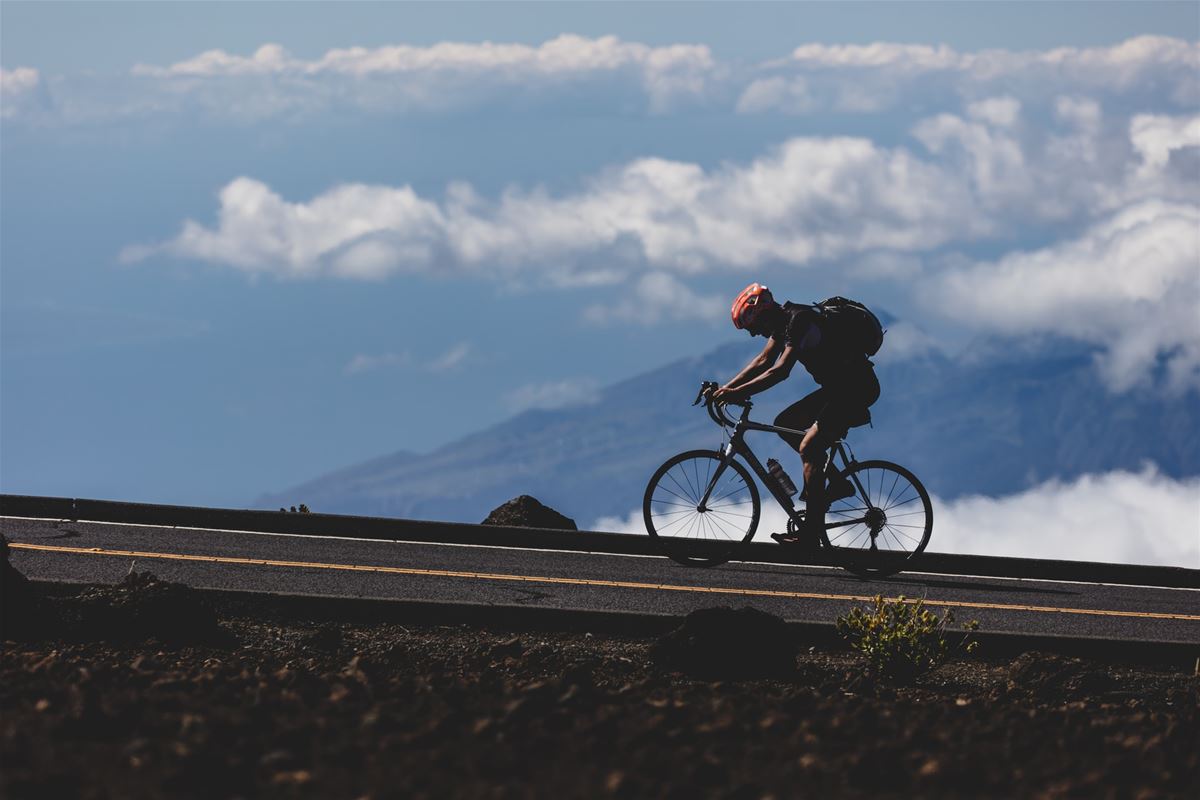
+
- An unmistakable feeling of freedom
- An excellent, environmentally friendly means of transport
- Ideal for overcoming greater distances
- You can fit not only your entire shopping, but even equipment for a several-day expedition into the bags on the rack
−
- Only the lower part of the body is working
- Increases muscular imbalances caused by sedentary way of life
- You need more time to build your fitness than you do on a scooter or when running
- You may easily get cold in the winter months
- Less stable for older people
- Your backside will suffer sometimes, and may get chafed in the summer
- An unsuitable activity in case of backache
- A bicycle requires regular maintenance and adjustment
- More demanding on storage
- Higher initial investment
Mainly the lower part of the body is active when riding a bicycle, from the belly button upward, you nearly do not move. Therefore you should add some suitable compensatory exercises focusing on the upper half of the body, as well as stretching.
2.5 hrs on a bike = 1.5 hrs of scootering = 1 hour of running
In order to keep fit, you need to spend more time on the saddle than if you chose running. Moreover, if you ride with the more demanding transmission (which is an ill that frequently occurs among cyclists), you thighs will become thicker, which is not really a desirable effect for girls or for those, who wish to get slimmer.
Riding a kick-scooter
Scootering is somewhere between riding a bike and running. This increasingly more popular activity has taken the best from each of these sports - lightness, speed and greater distances from the bike, and higher intensity and involvement of the whole body from running - from the tip of your toes to calves, thighs, butt, belly, back to hands, shoulders and head.
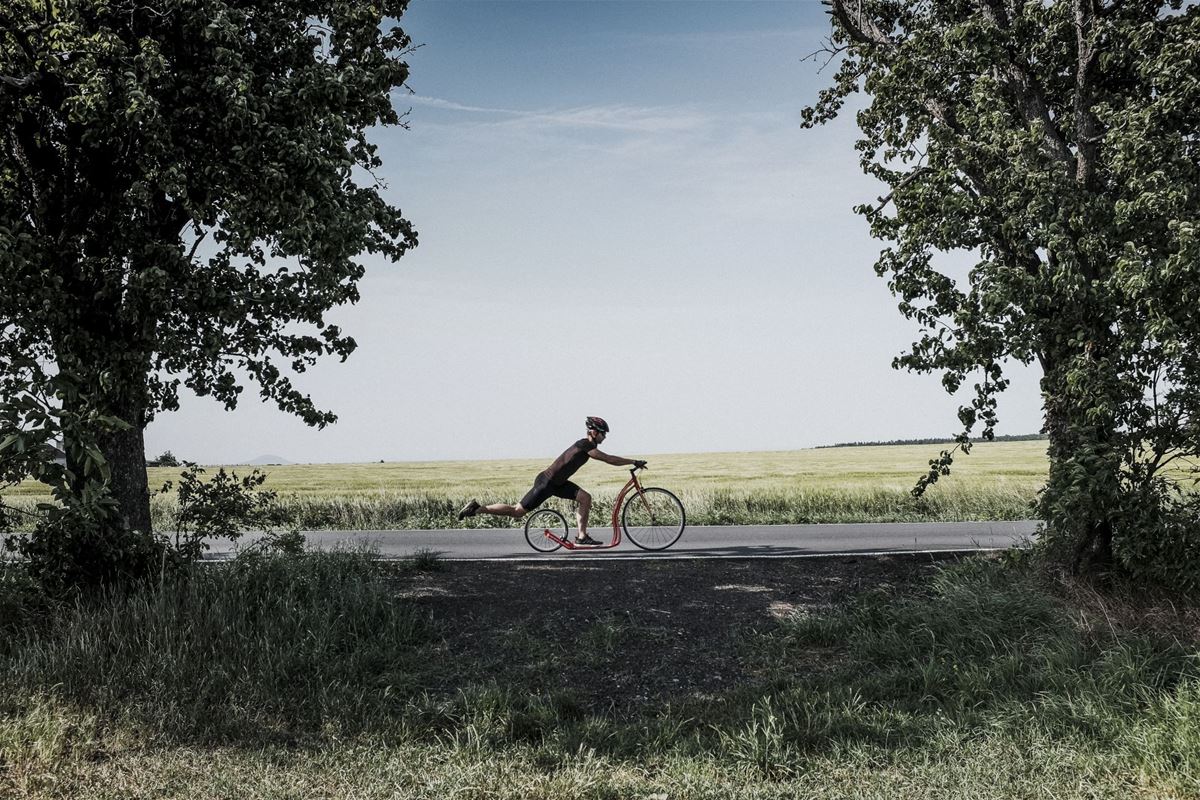
On a scooter, you also push off only with one half of your weight, thus sparing the soles of your feet and your joints. For this reason, a scooter is suitable even for overweight people and for those, who have problems with their knees, the lumbar region, etc.
With a correct riding technique, the following body parts participate in the movement:
- The tip of the foot sole, which we call the most vital part of the body and which is connected to all important body parts via the different small bones in it.
- You are exercising your lower limbs – from the calf up to the pelvic floor.
- When kicking backwards, you are stretching your thigh muscle, the lumbar region and strengthening your buttocks.
- When switching legs, the body gets into a so-called unstable position, in which the deep stabilization system is activated. The more you lift the knee of the pushing foot, the more you activate the stabilizing system, which connects the back muscles, abdominal muscles, pelvic floor muscles and the diaphragm.
- The hands, shoulders and trapezius muscles are also involved in riding a scooter, due to shifting your weight from front to back.
- When leaning to the front, you open your chest and stretch your pectoral muscles.
The scooter also supports slimming, because this activity is the easiest one to maintain you heart rate on a level that is ideal for burning fat.
You will need a shorter period of time to keep fit than you would on a bike - approximately 45 – 60 minutes. You need to pay attention to switching legs regularly, though, preferably after 5 to 6 push-offs on flat land and 2 to 3 when riding uphill.
Same as with running, it is worth going through the first hours few with a trainer, who will acquaint you with the correct riding technique and will teach you some tricks, such as for example: How to put weight on the rear wheel when riding downhill, so that it would not jump to the side in a road bend. Or he will explain to you, why not to steer a scooter with one hand, and so on.
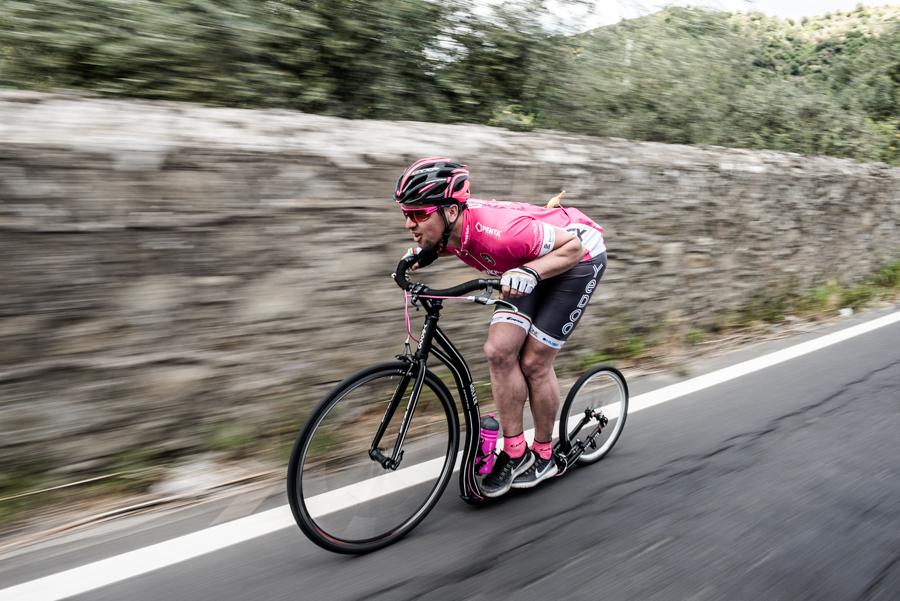
+
- Will stretch and strengthen all muscle groups
- Spares the joints
- Suitable in case of backache
- Nearly a year-round activity. Riding a scooter, you will get warmer, but you will not sweat as much as when running
- Suitable as a means of transport for distances of medium length
- Children, adults as well as seniors can manage to ride
- Less demanding on adjustment and maintenance than a bike
- Lower initial investment than in case of a bicycle
−
- Figuring out the scooter selection is more difficult
- The principles of riding a scooter are different than in case of a bike, one must be careful at first
- Switching legs is more demanding on coordination at first
- Smaller distances and lower speed than on a bicycle
A scooter has not been only for kids alone for a long time now, and you can see a growing number of adults racing around on scooters in the streets and on bike trails. The popularity of this sport may partly be due to the fact that people no longer want to sit in their spare time.
We each take to something. Some prefer more dynamic movement, while others emphasize slower, endurance-focused activities. Some like to count kilometres, check their heart rate, and others prefer to feel their body, take in the surrounding nature and meet new people. What is your take on this?
